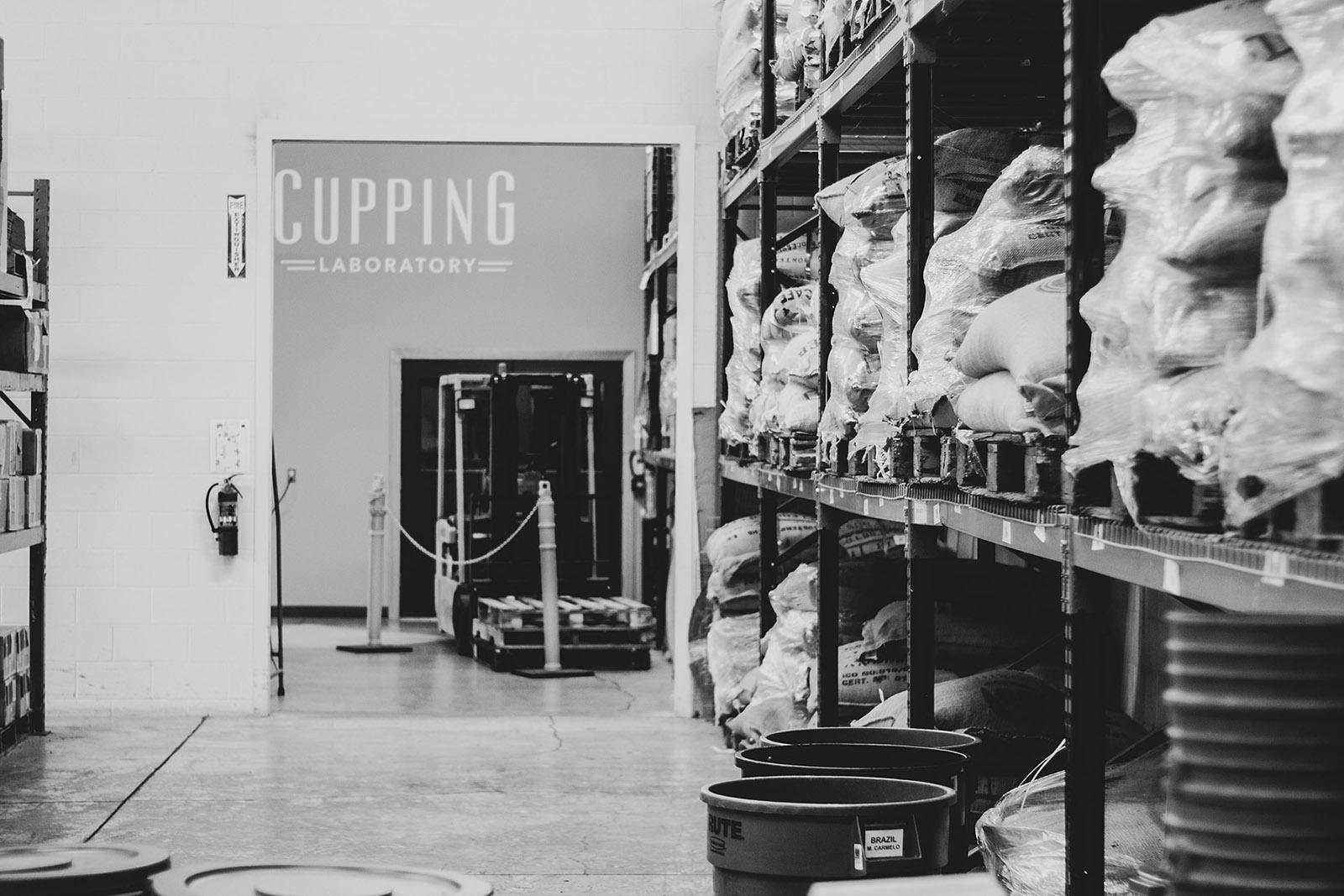Weaving small-scale production and makerspaces into commercial corridors can boost civic pride, increase good-paying jobs and foster inclusive economic growth in Prince George’s County. This was the argument made by graduate students from UMD’s Urban Studies and Planning Program to Prince George’s County planning officials earlier this month, the result of a semester-long study of the opportunities surrounding the county’s burgeoning small manufacturing industry. It was one of 13 projects presented to county agencies as part of the University of Maryland’s Partnership for Action Learning in Sustainability (PALS) program.
Developed by UMD’s National Center for Smart Growth, PALS pairs faculty expertise and student ingenuity with sustainability challenges facing Maryland communities. The PALS mission is to provide high quality, low-cost assistance to local governments while creating an active and valuable real-world learning experience for UMD students. Launched in 2014 as a partnership with The City of Frederick, Maryland, PALS has since collaborated with 20 Individual communities, counties or departments, ranging from community partnership groups and cities to county and state agencies. The program has engaged nearly 2200 students and faculty to improve quality of life in Maryland through site-specific projects.
The projects presented this spring are part of an ongoing partnership with Prince George’s County, encompassing county priorities such as economic development, stormwater management, revitalization and walkability.
Noting national success stories like Detroit and Baltimore, URSP students Kari Nye (’20), Lilian Murnen (’21) and Anna Brinley (’21), under the direction of Adjunct Professor Bobby Boone, demonstrated how zoning re-writes and support programs can integrate small makers and manufacturers into commercial districts and transit-oriented development, citing the many benefits of having manufacturers on the community front lines.
“Small-scale manufacturing can generate high wages, especially in contrast to other low-barrier jobs like retail and food service, and offer a lot of great benefits to the communities they are in,” said graduate student Anna Brinley. “It can be a tool not just for economic growth in the county, but for inclusive economic growth.”
Street-level manufacturing space with a retail component pulls double-duty, bringing jobs, revitalization and identity to areas of the county, the students said. The team also stressed the value of local supply chains during times of crisis, particularly from a neighborhood perspective; many Prince George’s County manufacturers, such as Route 1 Apparel, switched gears to make masks and hand sanitizer during COVID-19.
The team offered recommendations that include establishing a workforce pipeline to bolster skilled labor and adjusting use standards for street-level zoning to help businesses exist in commercial corridors. A maker-manufacturer program, similar to civic-minded programs in D.C., San Francisco and Baltimore, is another powerful strategy for fostering vibrant main streets in Prince George’s County. “Made in Prince George’s,” the students said, could bridge makers, buyers and city supports to coordinate grants and loans, advocacy and resources.
“I feel quite confident about the future of planning in Prince George’s County given the quality of people coming through the program at the University of Maryland,’” said Andree Checkley, director of the Prince George’s County Planning Department. “Their presentation was really impressive.”
Several other projects presented to the county this spring addressed topics like tactical urbanism, stormwater and safe streets. A Stormwater Management Structures (SMS) maintenance manual was created by students in the Environmental Science and Policy Program, providing an easy-to-use maintenance checklist for the Maryland National Capital Parks and Planning Commission, as well as site recommendations to improve existing structures. Nine students from the Landscape Architecture Program developed an engaging extension to the East Coast Greenway called the Prince George’s County Five, a 17-mile stretch that runs through the county, connecting five unique areas that shape the county’s identity: the community of Greenbelt, Bowie State University, the Goddard Space Flight Center, the Beltsville Agricultural Research Center and the Patuxent Research Center. Utilizing existing trails, the project economically sews together parts of the county that currently are fragmented, which provides increased accessibility to the outdoors and county assets.
Some of the projects shifted their scope to help county agencies navigate the effects of COVID-19 and the ramifications of stay-at-home orders. A data capture by students from the iSchool aimed to provide meaningful insight into the economic impact of COVID-19 on parks’ revenue and assess the use of park facilities currently open, such as trails. Visualizations showed the impact of cancelled events, including the economic trickle-down effects on local restaurants and grocery stores. A plot graph depicted where people feel they can maintain social distancing on the different trails throughout the county.
“Moving out of the community and onto a virtual platform was a challenge, but the students really pulled it off beautifully,” said PALS program manager Kim Fisher. “The faculty, staff and county contacts really went to the mat to keep these projects going despite all of the obstacles we faced.”
In addition to work completed for Prince George’s County this spring, students analyzed the causes and extent of significant flooding that has besieged Patapsco Valley State Park as part of a course in environmental studies and policy; in 2018, a dramatic flood trapped over 150 people within the park’s trail network. This is the first PALS project completed on behalf of the Maryland Department of Natural Resources.
Despite the obstacles of COVID-19, PALS staff are busy planning for Fall 2020, working alongside the Maryland Department of Natural Resources; Maryland’s Department of Planning; the Maryland Department of Housing and Community Development, Prince George’s County; Prince George’s County Department of Planning; and Prince George’s County Parks and Recreation to compile a roster of potential projects.
“I think this is something we should continue to do; we get incredible value from these projects,” said Steve Carter, Deputy Director of Facility Operations, Prince George’s County Parks and Recreation. “We look forward to continuing to brainstorm to bring these innovative, creative approaches to the way that we work in the county.”

